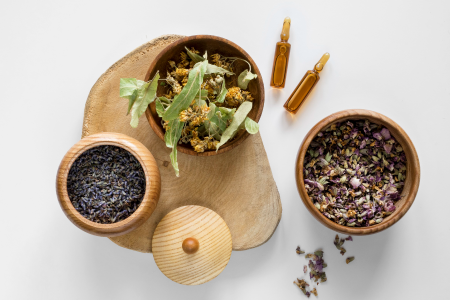Aromatic plants, often perceived as mere seasonings, play a much more significant role in our daily lives. From cooking to health and beauty, these plants are packed with surprising benefits. This article explores the many facets of aromatic plants and their impact on our well-being.
1. What Are Aromatic Plants?
Aromatic plants are those that contain essential oils and volatile compounds, giving them distinct aromas and flavors. They are commonly used to enhance dishes, but their applications extend far beyond.
2. Health Benefits
Aromatic plants are rich in antioxidants, vitamins, and minerals. Here are some examples of their benefits:
- Basil: Anti-inflammatory and rich in antioxidants.
- Thyme: Known for its antiseptic and antibacterial properties.
- Mint: Aids digestion and relieves headaches.
3. Culinary Uses
These plants not only add flavor to dishes but can also enhance their nutritional value. The use of aromatic plants in Mediterranean, Asian, or Latin American cuisine offers endless possibilities for food enthusiasts.
4. Applications in Natural Medicine
Many cultures use aromatic plants in traditional medicine. For instance, rosemary is used to improve memory, while chamomile is prized for its soothing properties.
5. Aromatic Plants in Cosmetics
Essential oils extracted from aromatic plants are commonly used in cosmetic products for their moisturizing and anti-aging properties. Ingredients like lavender oil or argan oil can revitalize skin and hair.
6. Conclusion
Aromatic plants are much more than simple seasonings. They offer a multitude of benefits for health, cooking, and beauty. By incorporating them into our daily lives, we can enjoy their exceptional properties while adding flavor to our meals.
7. Call to Action
Feel free to explore our selection of aromatic plants during your next visit to the market or at our events.



